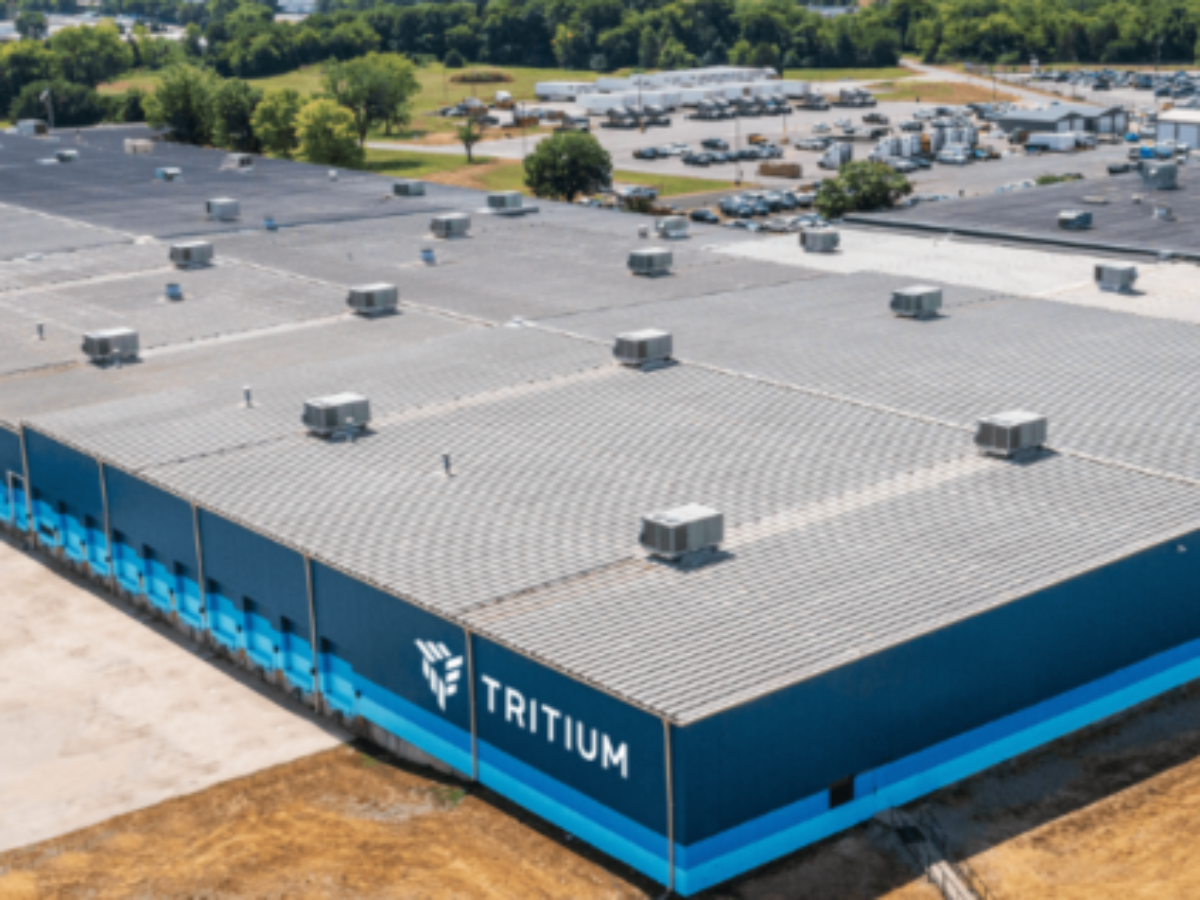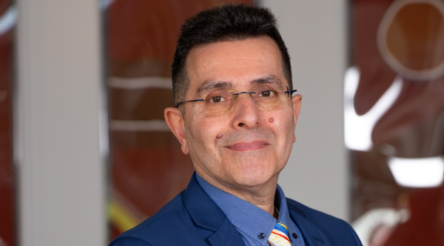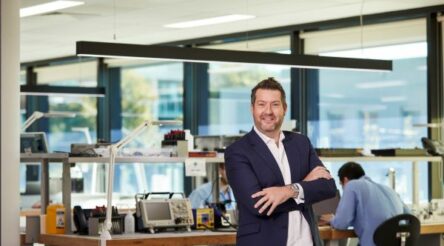Can Canberra arrest the flow of manufacturers leaving for the US?

By Brent Balinski
The Industry Growth Program, offering grants between $50,000 and $5 million to SME and startup commercialisation projects, started accepting applications on Monday. It will no doubt be useful to a long list of companies.
However, the replacement for the Entrepreneurs’ Programme does nothing to address some bigger, more immediate problems.
The mood is low among a lot of manufacturers, and difficult conditions are leading to difficult decisions. These conditions are being compounded by a slow-moving policy environment.
The September edition of the long-running ACCI-Westpac Survey of Industrial Trends picked up on weak new orders and a deep pessimism, with sentiment its lowest since 2008/09.
Let’s run through some bits of bad news from September, October and this month, in the hope of learning a thing or two.
Grinding media and rail industry specialist Molycop made a surprise decision to cut 250 jobs and end more than a century of steelmaking at its Waratah site.
The US private equity-owned company hasn’t said much about what prompted the restructure, but the AMWU has cited high costs, including for energy. And in 2021 Molycop threatened sharp job cuts if action wasn’t taken on dumped steel from China.
Last month XTEK shared news that it will shut its Adelaide factory and take its promising composite curing technology, XTclave, with it.
XTclave can create very strong, lightweight, often quite complex shapes out of fibres and resins. They have ambitions to use it for satellites, but right now they’ve been kept busy cranking out protective armour being used on the battlefield in Ukraine.
Their patented hydroclave tech – under development since 2007 – is a key part of ambitions to crack the lucrative US armour market. We will cede this important capability to the US.
Following the news, its former Managing Director commented:
“When will our department of Defence buy such innovation and prevent such a move… My understanding is that XTEK is still waiting for an order despite some positive tests done on samples. No other Australian manufacturer proposes helmets, let alone at that high level of protection… Australia is going to lose the lot: technology, R&D, production as well as protection of the ADF.”
Also in October, additive manufacturing business Amaero International – spun out of Monash University in 2013 and listed in 2019 – announced the cutting of its last links with Australia, shutting its Adelaide and Melbourne production and R&D sites. Again, lost to the US.
Among reasons were sweeteners for setting up in Tennessee, including a ten-year electricity subsidy that would see rates 85 per cent less than those in Victoria (where it originally planned to build a powder atomisation plant.)
And then there’s Tritium, a world leader in fast EV chargers and – before it announced this month that it will shut its Brisbane factory – a popular example among politicians spruiking the promise of high-tech, clean-tech manufacturing.
Tritium explained that it was “driven in part by the highly successful scale-up of our US plant and the [National Electric Vehicle Infrastructure] and [Buy America Build America] programs in the United States, while bringing our manufacturing operations closer to our largest markets.”
The lure of the US is particularly strong for high-tech manufacturers right now. One person well-placed to comment recently told me that Amaero is just one of four industry partners in the iLAuNCH Trailblazer program relocating stateside. (They refused to name the others.)
It’s not only companies working on complex technologies that are getting hurt by both a lack of local support and high costs.
Boral boss Vik Bansal recently shared the incredible news that the cement giant, which employs 5,500, simply downs tools when electricity prices get too high.
“Because we’ve worked out economically, it’s actually better to have thousands of people waiting idle for the prices to come down than actually do the work,” he said at an event.
If it’s tough to make steel and concrete, then what hope do we have of building the offshore wind farms, pumped hydro facilities and everything else the net zero push will require, to say nothing of plain old bridges and buildings?
Besides policy and price stability, an appreciation of the importance of manufacturing and its role in diversifying and lifting up economies is needed. Australia’s ability to make complex things – an important factor in creating and capturing value – is 93rd in the world on the Harvard Economic Complexity Index.
“Countries that have diversified their production into more complex sectors, like Vietnam and China, are those that will lead global growth in the coming decade,” explains Harvard Kennedy School Professor Ricardo Hausmann.
Australia may be wealthy now, sure, and in a way that’s grossly out of line with our ranking, but our one-note export profile sees us tipped to grow slowly, “ranking in the bottom half of countries globally”.
We can blithely assume we’ll dig and ship our way to riches forever, or we can try and do better.
To do better, we need to appreciate what manufacturing involves.
Production is only one part of it. The companies making high-value, high-margin, complex products depend deeply on and invest heavily in pre-production steps like R&D and design for their success.
Also, a large amount of manufacturing, and therefore opportunities within manufacturing, is in intermediate goods. These account for more than three-quarters of global trade.
Australia might not have much hope right now of building a passenger aircraft from start to finish. However, anything so complex is made of many exactingly-made components, requiring many exacting processes to make them. There are niches aplenty.
Take machine tool company ANCA, a name you’re likely familiar with. They make the machines that make the tools that make the planes, phones and other exacting, highly complex items global consumers demand. Almost 50 years in operation, it remains a much-needed bit of affirmation that world-leading manufacturing can exist here.
All is not lost. There are impressive startups, with more to come. But a lot needs changing if we’re to grow and keep the high-impact manufacturers of tomorrow here.
The National Reconstruction Fund can play a role addressing a weak local investor appreciation for manufacturers – but it is not an overarching policy, just a bank. And after years of hearing about how much it will do, at this point it doesn’t yet have a mandate.
The IGP is aimed at the “valley of death” for commercialisation, a worthy target, and is a potential feeder for later investments through the NRF when it starts its work.
Yet it is reported that $105 million of that funding will be absorbed by administration costs. That’s more than double the funds spent on a similar and proven manufacturing-focussed program from the now-defunct Industry Growth Centre initiative.
And for all the good it could potentially deliver, the IGP does nothing to address bread-and-butter issues around the need for things like affordable energy and customer orders.
Yes, more assistance is needed to get companies through the valley of death. Knowledge generation is an important job of public researchers, and the further migration of IP to market regularly demands years of funding and patience.
In late-September, Anthony Albanese stood up in the Hunter Valley of New South Wales and said, “There is nothing we can do that is more important than making more things here and this decade will determine whether Australia moves forward or whether we stand still, and the world moves past us”.
Sadly, we do not have a decade. And the US – through Buy America Build America, the Inflation Reduction Act, and other policies benefiting local makers – is proving that the world is already moving past us.
We need to settle on goals, initiatives and incentives that are around for the long-term and at the speed of business. Chopping and changing policies every election cycle is no way to help, and no way for manufacturers to know what’s available to make use of.
And for god’s sake we MUST fix up energy. You need lots of it to make important things like steel and cement, but also the medical devices, food and energy infrastructure to sustain our nation.
If we can’t make something so basic as cement, then there’s no point talking about where we can succeed in manufacturing and we may as well go back to being the world’s hotel, farm and quarry.
Lord knows Australians and Australian manufacturers are smarter than that. It’s why they are being pinched!
Picture: credit Tritium
@aumanufacturing Sections
Analysis and Commentary Awards Defence Manufacturing News Podcast Technology Videos










